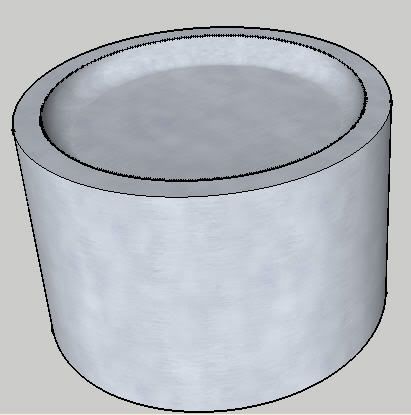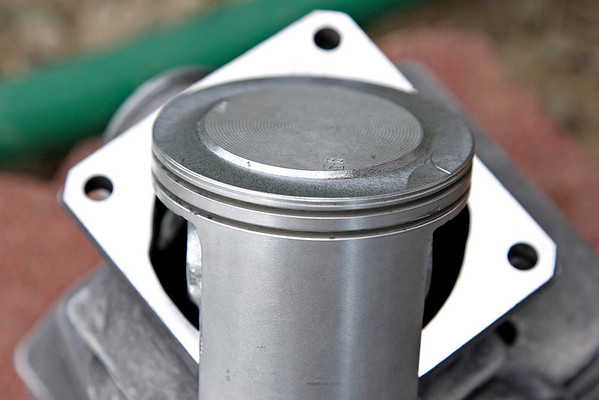Metals406
Granfodder Runningsaw
I saw a piston online somewhere, while I was doing an image search, and it had a crown shape like the picture below. It wasn't a 2-stroke piston but...
What would be the benefit to this concave type piston?

What would be the benefit to this concave type piston?


























































